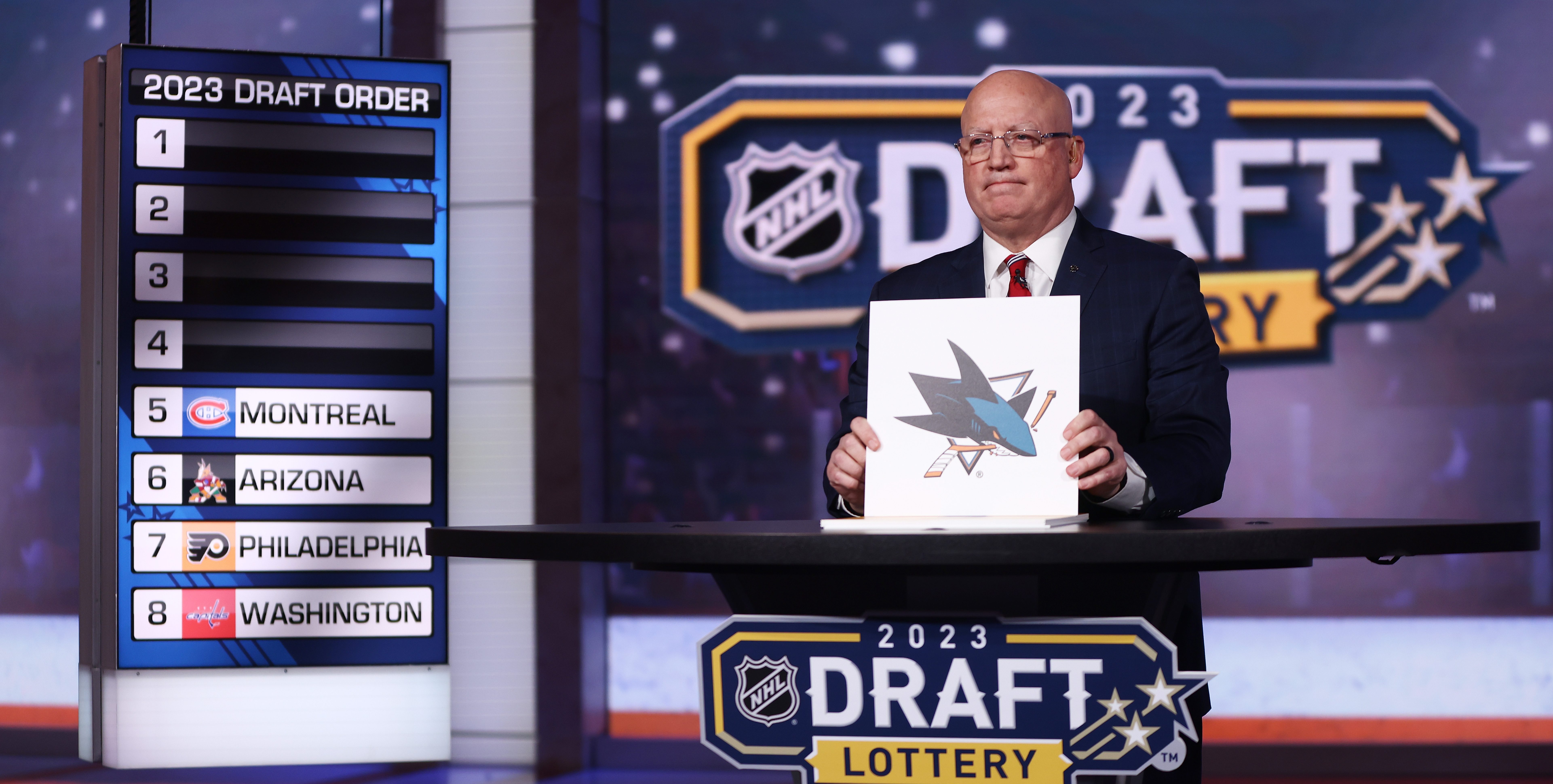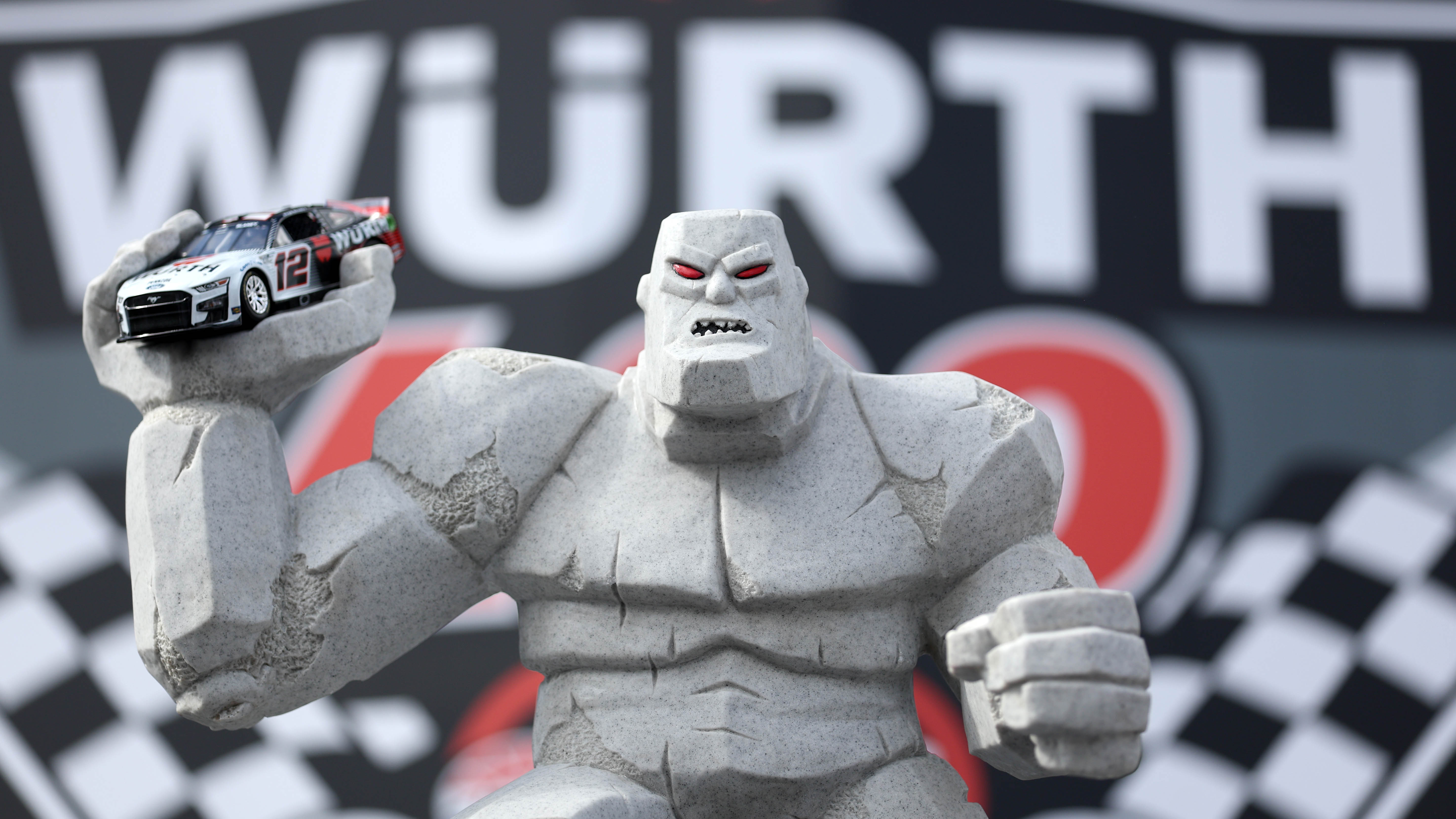The Chicago Blackhawks last season routinely frustrated fans with their oddly bad power play, but despite the bad statistics they put up in that area, they ended up winning the Stanley Cup and defying a lot of conventional wisdom in the process.
During the preseason, it seemed as though those concerns were still going to be present in the new campaign. They went over 20 power plays in their exhibition slate without scoring a power play tally, and they just could never seem to get their zone entry right or get possessions set up in the offensive zone.
On Tuesday night, however, they flipped the script on that and actually looked like a team that knew what it was doing when it had the man-advantage. The Hawks were moving the puck effectively, had a couple of fantastic possessions in Washington territory, and even scored a power play goal when Brent Seabrook fired a shot past Braden Holtby in the second period.
So what on Earth changed between the exhibition schedule and the regular season? Obviously, getting Marian Hossa back in the fold helped things, but part of the success overall was that the Hawks finally had their full lineup of regular players to actually go out there and try to make something happen.
That chemistry was especially apparent in the team’s first power play unit that featured Duncan Keith and Patrick Sharp at the points, Patrick Kane as more of a rover, and Jonathan Toews and Bryan Bickell alternating stints in front of the Capitals net.
Especially on the Hawks’ last three power plays, they were able to get Holtby moving in his crease, and they were finally able to get some clear lanes to shoot through.
Despite that success by the first unit, it was the second unit that actually scored the goal for the Hawks on the man-advantage. With Seabrook and Nick Leddy running the point, and with Andrew Shaw, Marian Hossa, and Brandon Saad as the forwards, the Hawks were finally able to execute a great give and go after a lengthy possession in the offensive zone, and the play had several elements that they need to incorporate into future power plays.
For starters, the Hawks weren’t content with just slinging the puck around the zone and hoping that something would open up. Instead, Saad’s zone entry and subsequent skating into the corner of the zone caused the Washington defense to pursue him, and it freed up some space in the zone.
Sports
After Hossa got the puck along the boards, the defenders stayed to take care of he and Saad, but a quick give and go between the two gave Hossa an open seam towards the net, and he skated towards it and fired a shot in on Holtby.
Since the shot came from near the faceoff dot instead of along the boards, Holtby was only able to fight it off instead of being able to either absorb it or direct the rebound out of trouble, and because of that, Seabrook was able to pinch in from the point and fire home a quick rebound to give the Hawks back the lead on the play.
Obviously, running a power play is always easier when you have the ability to set up the kind of play that the Hawks did there, but it is possible to force the issue like Saad and Hossa did. By getting an effective zone entry, and by forcing the defenders on the ice to commit to a specific side of the ice, you generate more room in which to move around, and amid the confusion, pinching in aggressively like Seabrook did can often lead to great secondary scoring chances, and it paid off for the Hawks on that play.
Hopefully, that kind of execution can be utilized by the top line as well moving forward for the Hawks, because this team does have the offensive talent to score tons of power play goals. It’s just a matter of executing the little elements of the strategy that will determine whether they are able to or not.



